Types of Pocket Knives: What Every Knife Lover Should Know
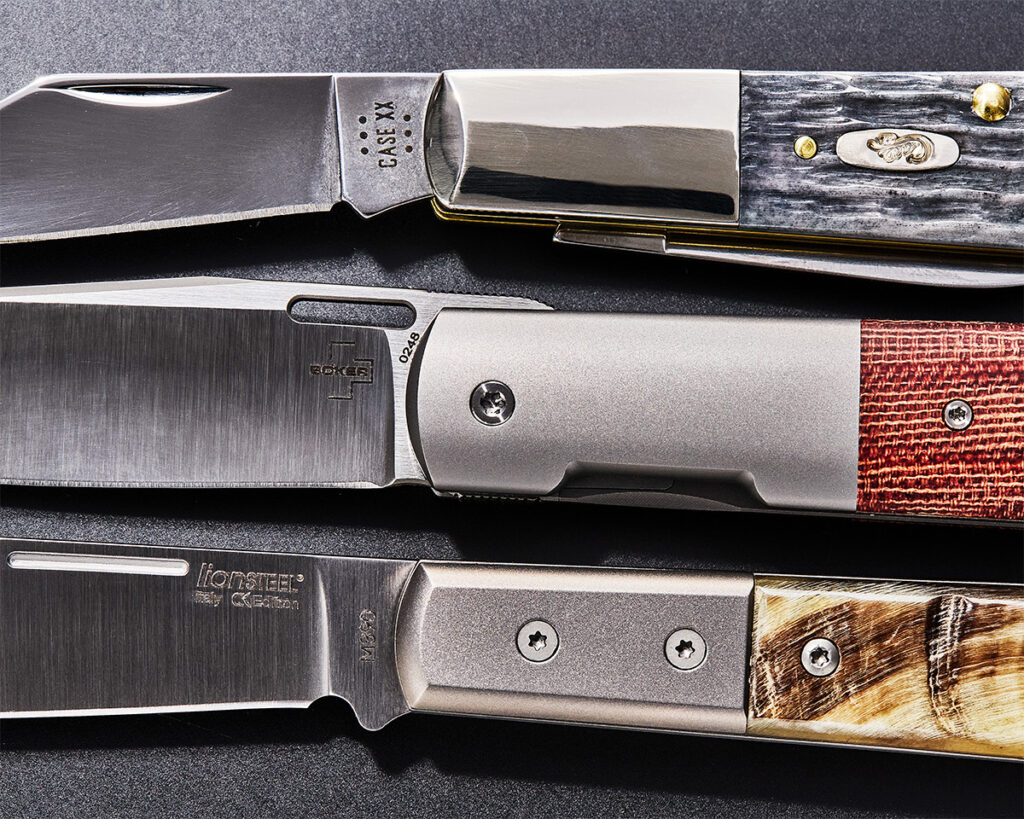
A pocket knife is the ultimate problem-solver. From everyday situations like opening packages, cutting zip ties, or slicing food, to emergency situations when seconds count, they help you handle tasks more efficiently. Because they are compact and easy to carry, they foster self-reliance by allowing you to quickly cut through life’s little obstacles as they present themselves without a trip to the toolbox. Essential for outdoor activities like hiking, hunting, or fishing, a sturdy pocketknife becomes a cherished companion on all your adventures. There are more options today than ever before, so understanding the different types of pocket knives is key to choosing the right one for your specific needs, ensuring optimum safety and effectiveness.
Different Types of Pocket Knives
Traditional Pocket Knives
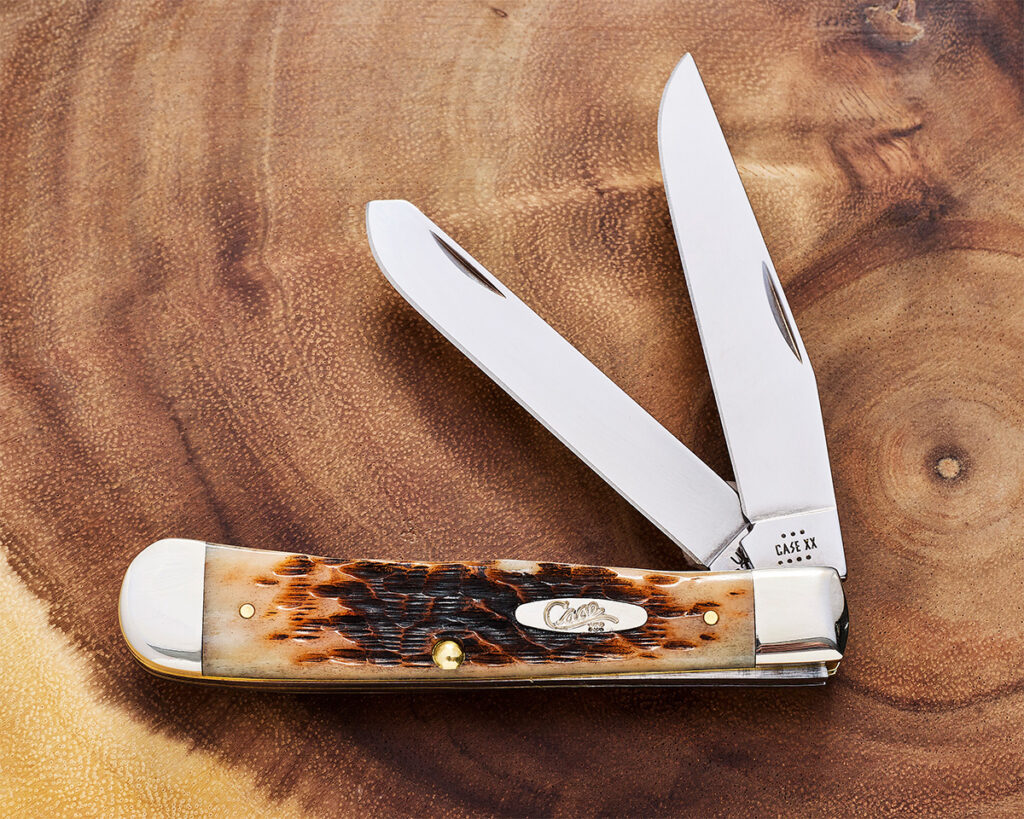
Rooted in the past, traditional pocket knives are inspired by historical designs and are characterized by the following features:
- No pocket clip. Instead, a traditional pocket knife is made to be carried loose in a pocket or secured in a belt pouch.
- Classic design (called a “pattern”) that is freely shared between brands. Stockman, Trapper, and Sod Buster are examples of these traditional patterns.
- Slipjoint or back lock mechanism. While there are a handful of exceptions with primitive liner locks, traditional knives almost always utilize a non-locking slipjoint or back lock system to secure the blade open and closed.
- Simple blade steel. Carbon (non-stainless) steels like 1095 or low-alloy stainless steels like 440C are still popular choices for a traditional knife. Check out our guide to knife blade steel for more info!
- Multiple blades. Not all traditional knives have multiple blades, but a pocket knife with multiple blades is almost always a traditional knife. Historically, the use of different blade shapes on the same cutting tool allowed for specialization, with dedicated blades for whittling, piercing, or other specific tasks.
- Natural handle materials. Bone, horn, and wood are prized for their warm feel, classic aesthetic, and unique beauty.
- Pinned construction. Traditional knives predate the use of threaded fasteners in knife construction, and are still often manufactured with fixed pins holding everything in place instead. This construction method requires more hand-tuning at the factory, but results in a pocket knife that does not tend to loosen up over time.
Everyday Carry Pocket Knives
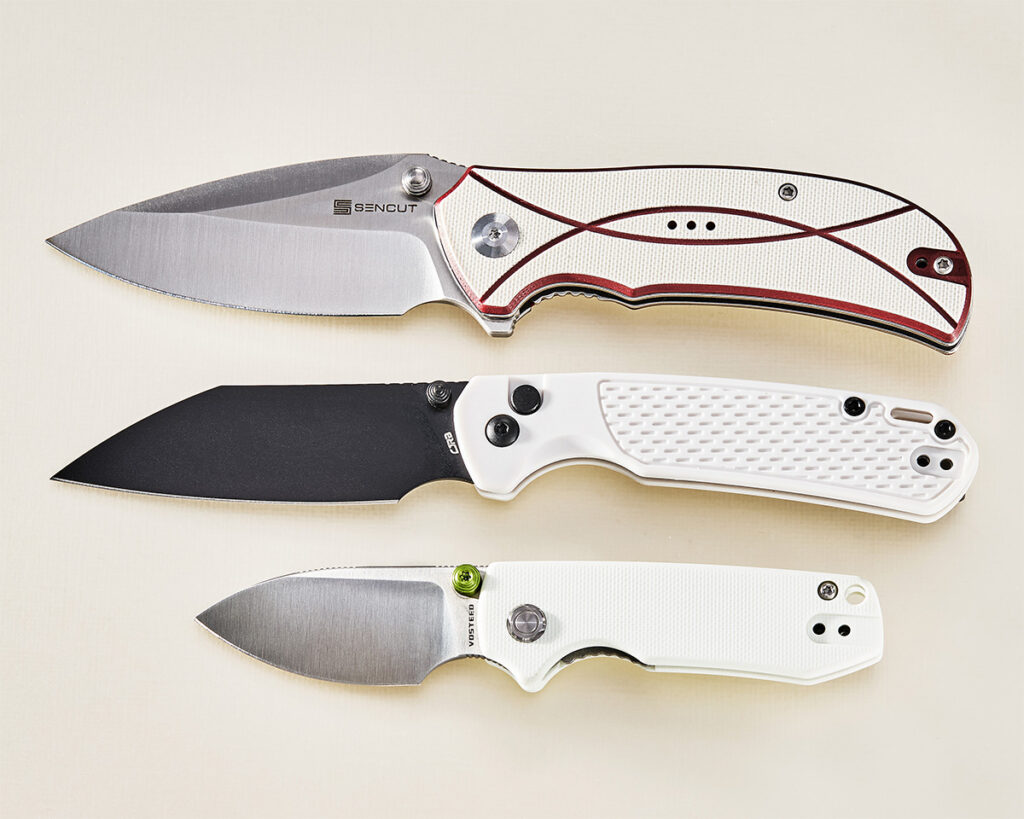
Everyday carry is a broad category that is ultimately defined by user preference—if you carry it day-to-day and it works for your cutting needs, it’s an everyday carry knife. Here, however, we’re going to focus just on the emerging category of high-performance pocket knives that are specifically designed to integrate seamlessly into modern life. Generally, you can identify them by the following features:
- Light weight. The less a pocket knife weighs, the easier it is to fit in your pocket without weighing you down. Literally!
- Modest blade size. Anywhere between roughly 2.5–3.5 inches of blade length seems to be the “sweet spot” for a go-anywhere, do-it-all cutting companion.
- One-handed operation. This is a key feature of modern everyday carry knives that allows for greater safety, quick access, and ease of use.
- Locking blade. More than just a safety feature, a blade lock expands a knife’s capabilities so you can rely on it when you have to work hard. There are tons of great locking mechanisms on the market today, including liner locks, frame locks, crossbar locks, and button locks.
- Pocket clip. In combination with one-handed operation, a pocket clip is a major factor when it comes to portability and accessibility. Rather than searching through a bag or clawing your way down to the bottom of a pocket, a clip keeps a knife firmly in place where you want it so you can easily get to it when you need it.
Fixed Blade Pocket Knives
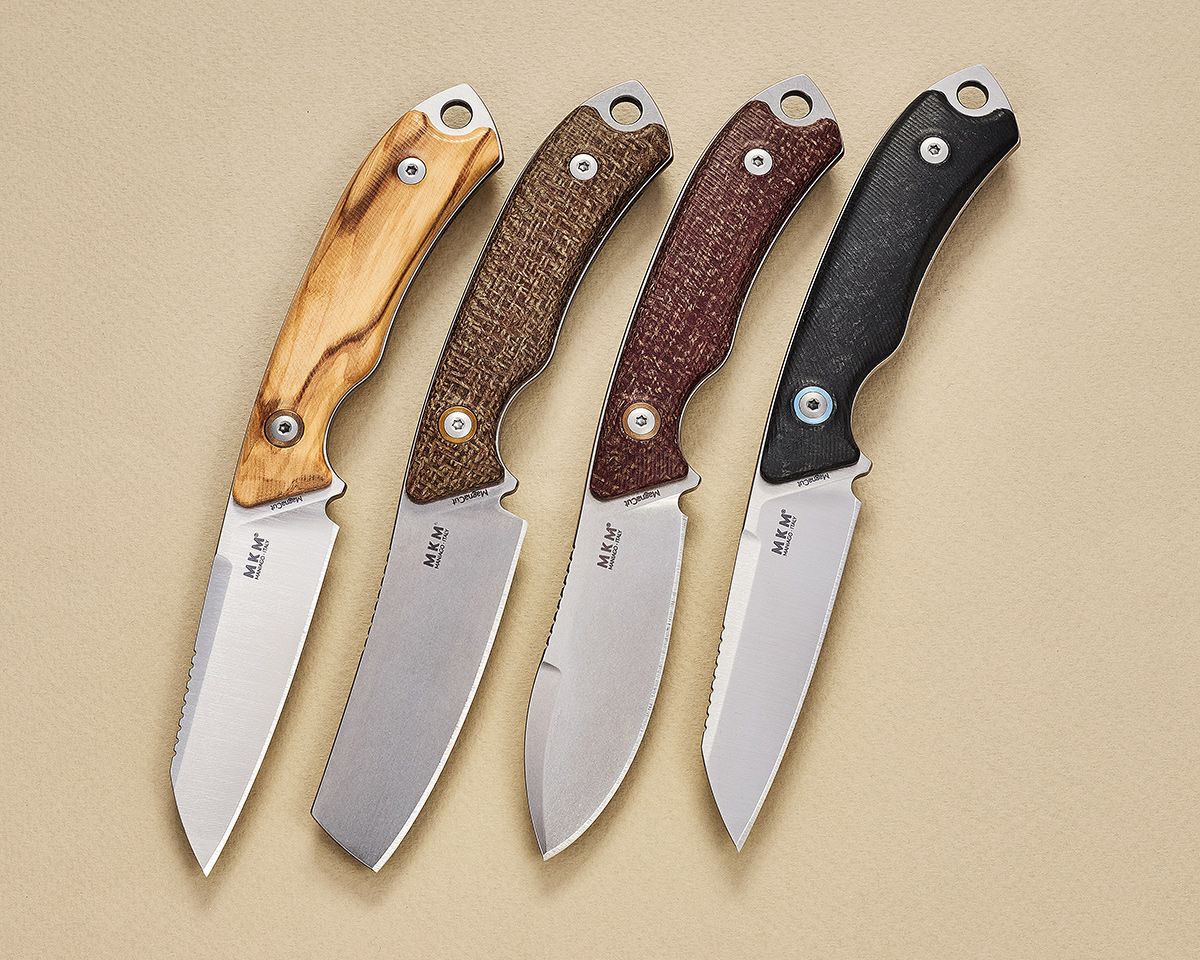
Although they may not beat a folding pocket knife for portability, fixed blade pocket knives are growing in popularity because they have a number of advantages. They are stronger, usually more comfortable, and easier to keep clean. If you demand maximum durability from your daily carry knife, use it for extended periods of time, or frequently use it to prepare food, a fixed blade may be the right choice for you. Here’s what to look for:
- Relatively compact size. Since fixed blades cannot fold down for stowage, you’re going to want something with pocket-friendly dimensions. A blade length of 3 inches or less is usually a safe choice.
- Pocket-oriented sheath. Remember, this isn’t a belt knife—you’re going to want a carry system made to hold the blade securely inside a pocket. There are several solutions on the market right now, including modular clips that can be attached to existing sheaths like the popular UltiClip, or dedicated leather sheaths that hold onto the pocket with a magnetic flap.
Tactical Pocket Knives
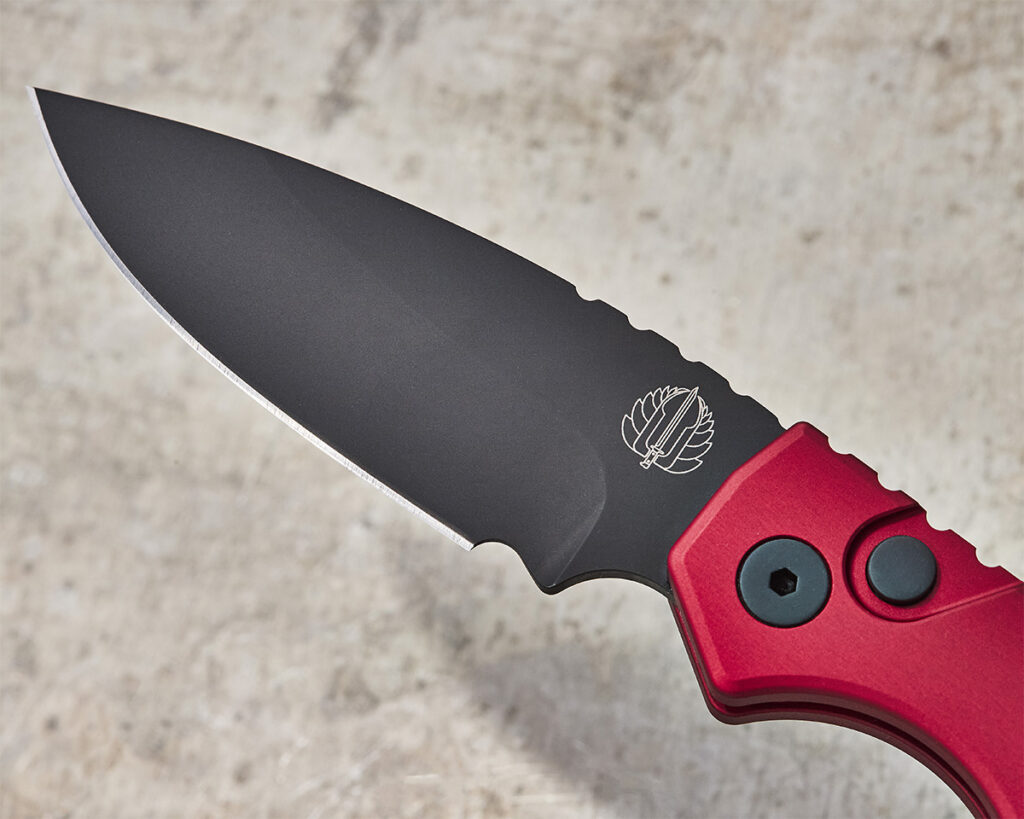
Tactical knives are built to withstand the rigors of extreme situations, whether that be combat, rescue operations, or anytime when strength, speed, and security are paramount. Here’s what sets them apart from the pack:
- Larger size. Most tactical knives start at 3.5 inches of blade and go up from there, with some even reaching upwards of 5 inches! This larger size not only increases your reach, allowing you to maintain more distance from your target, but also dramatically increases your cutting potential.
- High-traction ergonomics. Keeping hold of your knife is especially important in tactical situations. When the adrenaline starts pumping and fine motor control fails, you want a little extra help to keep from slipping or dropping your knife. Look for features like aggressively textured handle materials, finger grooves, and integrated blade guards to keep your hand locked in place.
- Strong lock. While no folding knife is fail-safe, modern locking mechanisms like the Compression Lock, crossbar lock, or Tr-Ad Lock are engineered to handle sudden and unpredictable forces without failing.
- Fast one-handed operation. Above and beyond convenience, tactical knives need to be as quick and easy to deploy as possible. Automatic (switchblade) and spring-assisted knives are popular tactical choices for this reason, but many manual knives can be just as fast with a little practice.
Hunting Pocket Knives
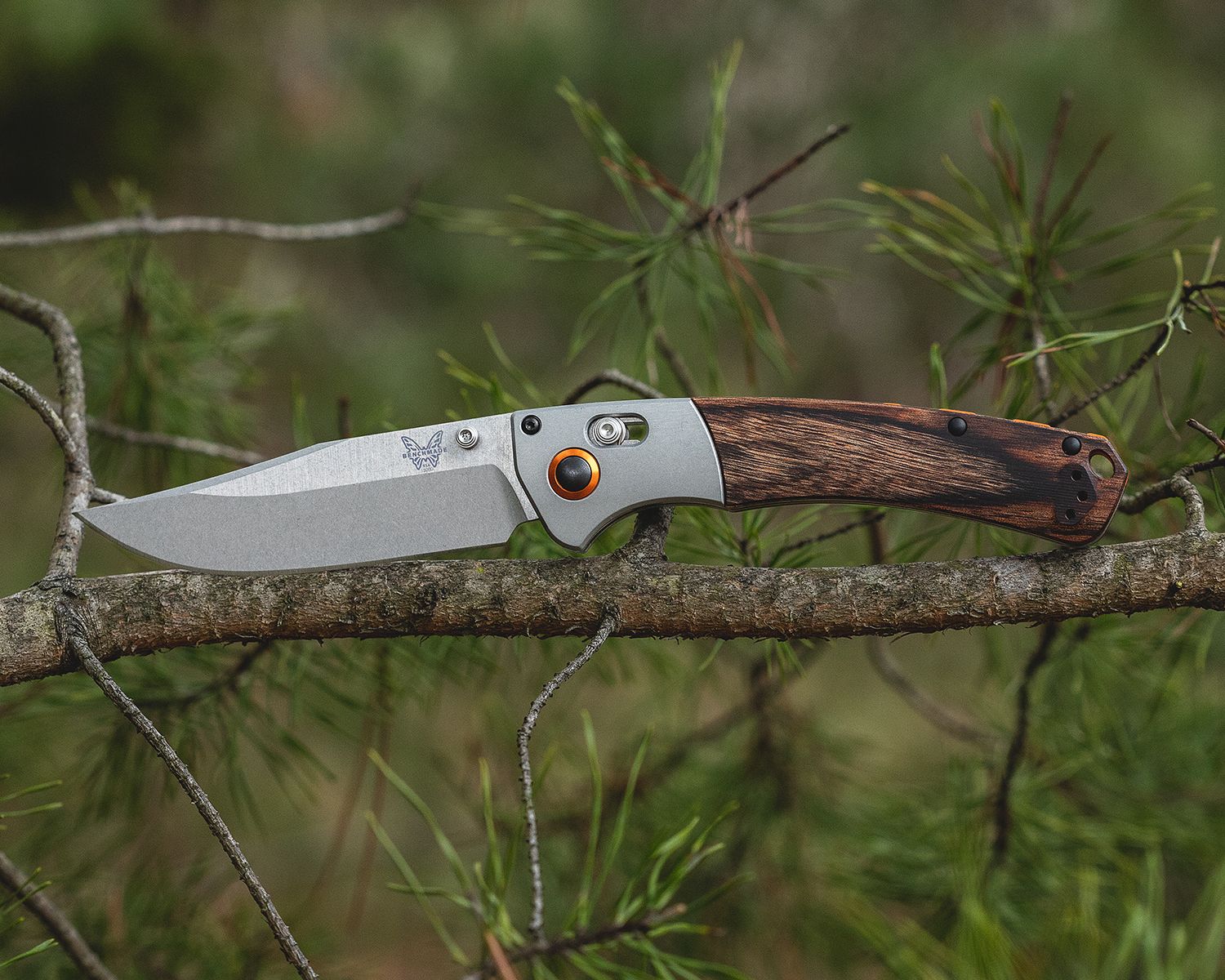
Hunting pocket knives have a long history, having evolved from the trade knives of the frontier into the high-performance cutting tools we have today. They are optimized for hunting, but broadly useful for everyday cutting as well.
- Blade sharpness. Because hunting knives are primarily used for slicing and piercing tasks, hunting pocket knives usually have thinner blade stock and a hollow or high flat grind for an ultra-keen edge, ensuring they stay sharp for skinning, processing game, and cutting tough materials.
- Additional features. Many hunting pocket knives come with specialized features such as gut hooks for easy field dressing, saw blades for cutting through bone, and serrations for extended edge retention.
- Ergonomic handle. To provide a comfortable and secure grip even in wet, slippery, or cold conditions, hunting pocket knives typically feature ergonomic handles with non-slip materials or textures. They are also more likely to not have a pocket clip, to maximize handle comfort in extended use.
- Corrosion Resistance. Being likely to spend time in corrosive environments, hunting pocket knives are usually made from stainless steel to prevent rust from causing a problem. That makes them ideal for working outdoors where exposure to moisture and other elements is common.
- Locking mechanism. Most hunting pocket knives feature a sturdy locking mechanism to prevent the blade from accidentally closing or opening, providing added security during use.
- Light weight (yet sturdy). Although weight is definitely a consideration for something meant to accompany you on a hunting trip, hunting pocket knives should also be robust enough to withstand outdoor tasks without bending or breaking. A good design will walk the line to deliver a well-balanced feel.
- Aesthetic appeal. The very best hunting pocket knives maintain the heritage of historical hunting knife design with traditional materials including wood and bone, making them appealing to both amateur and seasoned hunters alike.
Multi-Tool Pocket Knives
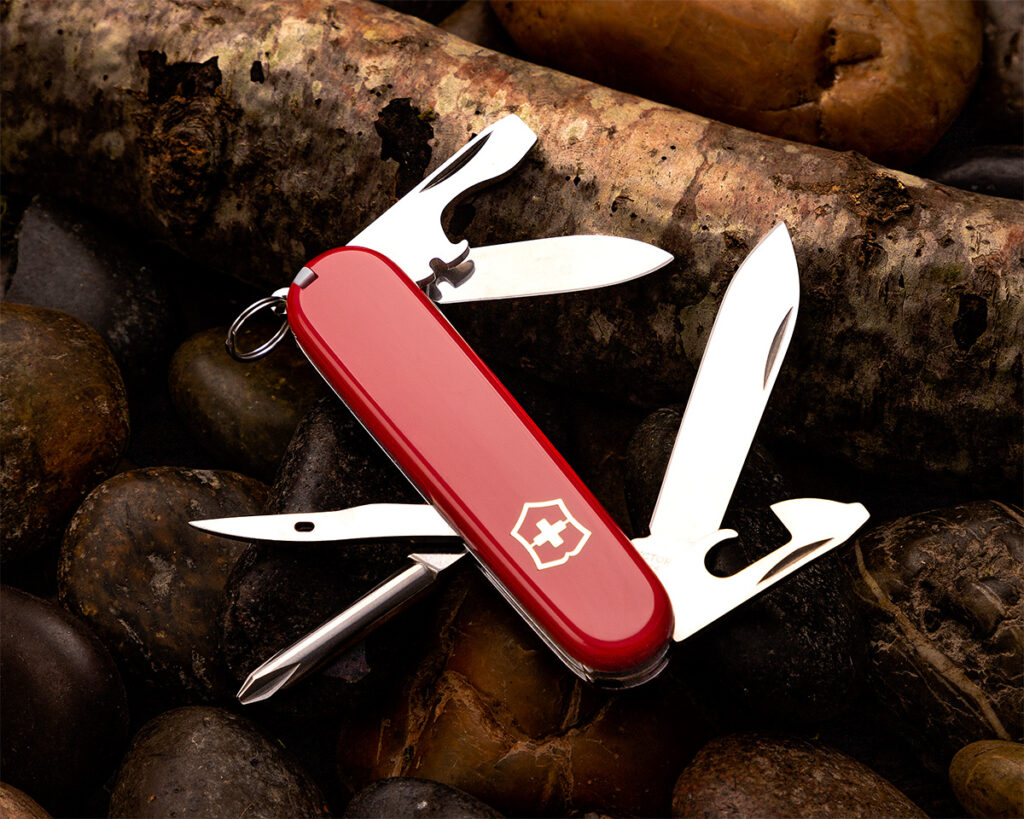
If you’re after maximum versatility, it doesn’t get any better than a multi-tool pocket knife. Boasting everything from scissors and files to pliers and drivers, putting a multi-tool in your pocket is the best way to boost your capabilities. Here’s what to look for:
- Compact form factor. While larger multi-tools are more broadly useful, a true multi-tool pocket knife replacement should be slim enough to stay out of the way until needed.
- Commonly used tools. You know best what tools you need in your everyday life, but multi-tool knives often include essentials like screwdrivers (flathead and Phillips), scissors, files, bottle openers, saws, can openers, pliers, and of course a blade for basic cutting needs.
- Durable Construction. A good multi-tool knife should be able to stand up to torque, pressure, and all manner of hard work. Look for oversized hardware and durable metal construction to ensure a long service life.
- Easy Access. The very best multi-tool pocket knives allow one-handed access to all tools, but in general everything should be easy to access and fast. When you’re in the middle of a task, you don’t want to have to take a break just to get to the right tool—the quicker to hand, the quicker the fix!
- Locking tools. Many of the most popular multi-tool pocket knives—including most Victorinox Swiss Army models—do not have locking tools, so this one is more of a quality-of-life feature than a necessity. There’s no doubt, however, that a sturdy locking mechanism makes for a stronger, more capable, and more confidence-inspiring tool.
Types of Pocket Knives – Frequently Asked Questions
What are the best types of pocket knives for camping?
Pocket knives for camping should be reliable, comfortable, and—depending on your loadout—lightweight. There are many great knives that meet those criteria, so we’ve curated some of the most popular choices HERE.
What are pocket knives used for?
Pocket knives are cutting tools that fit in your pocket, which makes them perfect for daily tasks including opening packages, preparing food, and all kinds of crafting.
How do I choose the right pocket knife blade shape for my needs?
A knife’s blade shape helps determine how it will actually cut. Each blade shape represents a different set of compromises, making it better at some tasks than others, so consult our in-depth guide to blade shapes to find the right one for you!
What are the legal restrictions on carrying pocket knives?
Legal restrictions on knives depend entirely on where you are located. Local, state, and federal regulations can overlap, so it’s best to consult a local lawyer or law enforcement agency for the most accurate and up-to-date guidance for your area.
How should I maintain different types of pocket knives?
The essentials for knife maintenance are simple: keep it clean, keep it dry, and keep it sharp. If you’re looking for more information, check our our Ultimate Guide to Proper Maintenance for specific guidance.
Are there pocket knives suitable for professional use?
Absolutely! In fact, there are whole categories of pocket knives made specifically for different professions, whether you’re looking for something classy and discreet for the office, or making a living from your knives like a butcher, cook, or craftsman.